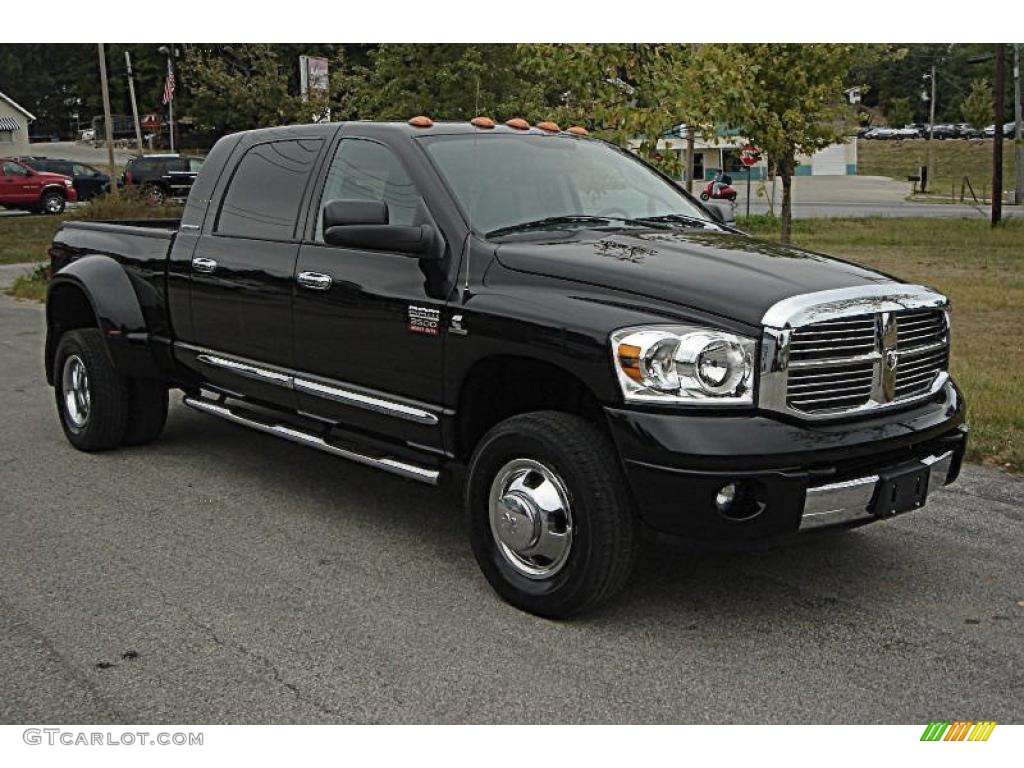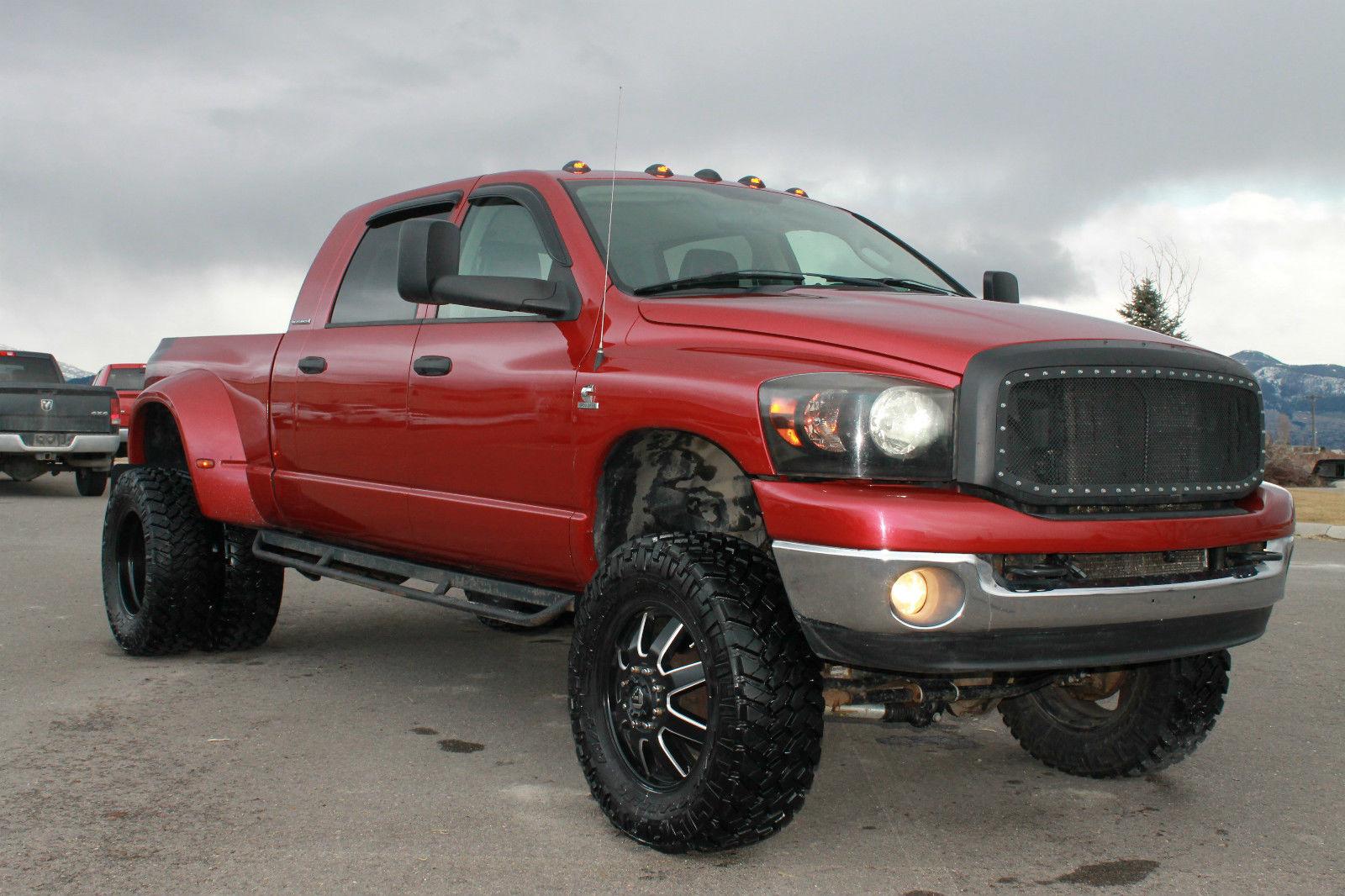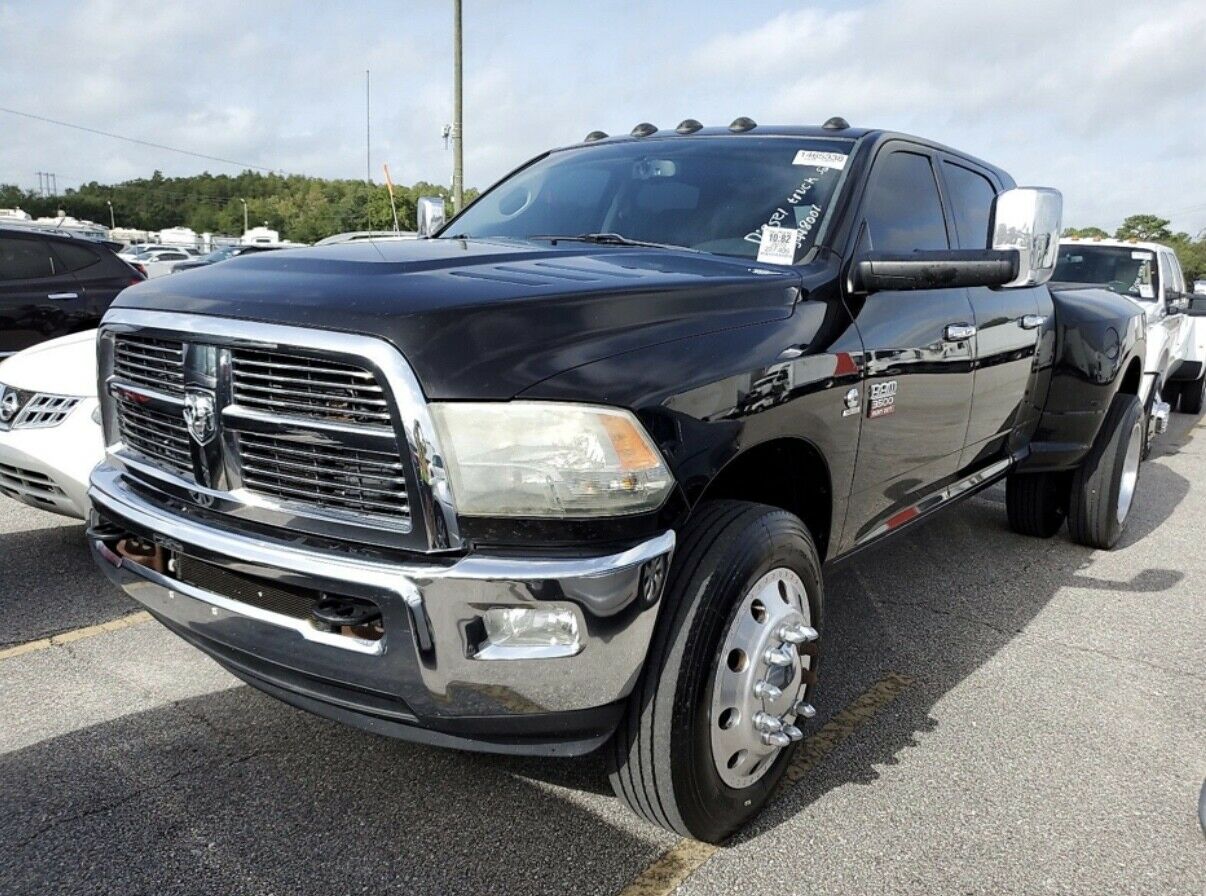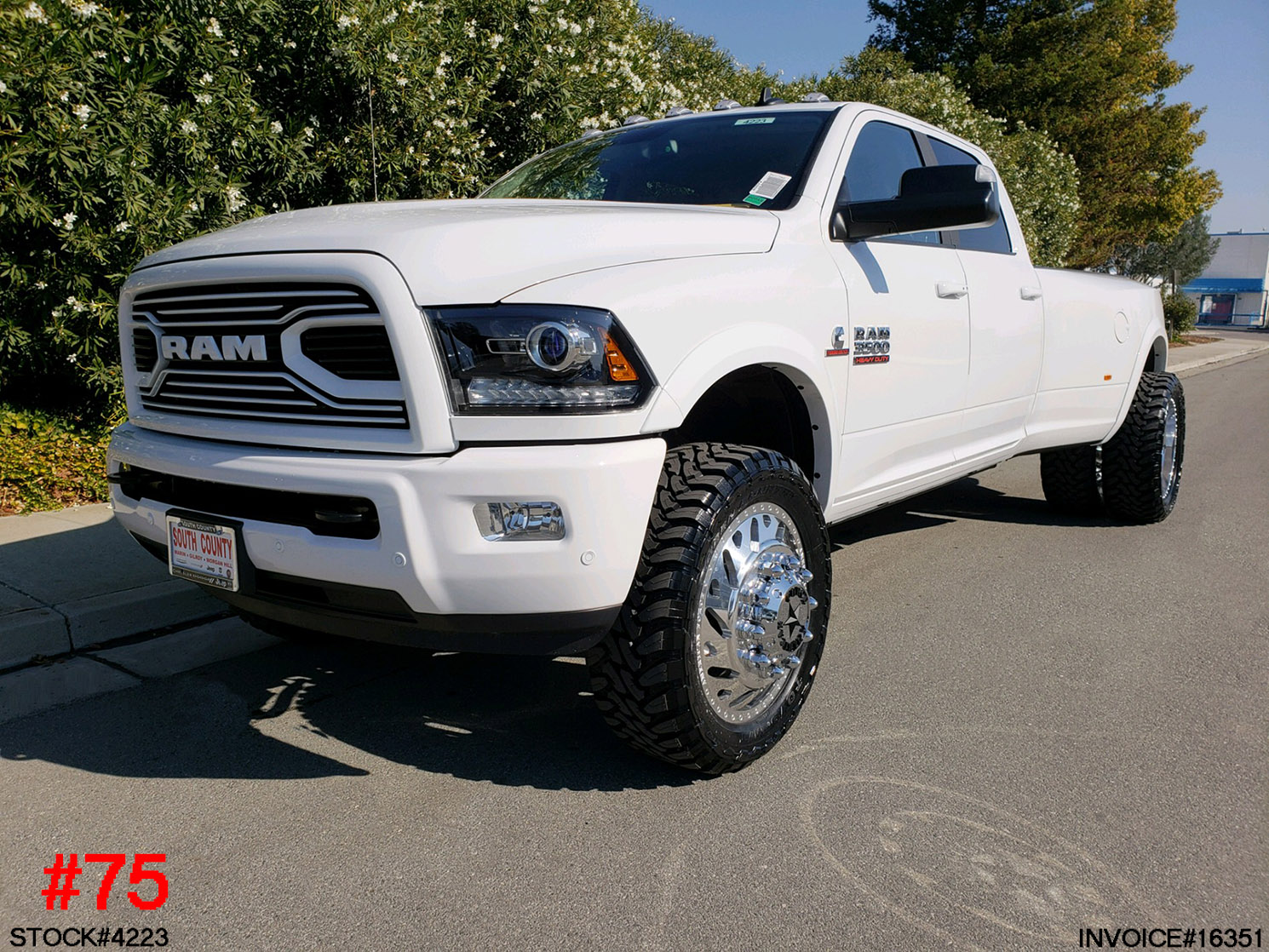Mega Cab Dually For Sale – It is also important to check the seller’s reputation and read reviews or feedback from previous buyers. The marketplace for second-hand items continues to grow, driven by economic, environmental, and cultural factors. Love becomes about what someone can provide in terms of material or emotional benefit, and friendships become alliances, where loyalty is traded for favor or influence. A house can be bought, a car can be sold, a watch can be pawned. Second-hand markets also promote the idea of a circular economy, an economic system that focuses on reducing waste and reusing products. There’s a certain art to selling something. Another key benefit of second-hand goods is their positive impact on the environment. Our emotional lives, our personal narratives, and even our deepest fears have been monetized. A car might be sold because it no longer serves the needs of its owner, or perhaps the owner is simply ready for a change. In addition to individual sales, online marketplaces often feature businesses and professional sellers who specialize in second-hand goods, providing buyers with a curated selection of high-quality items. For environmentally conscious consumers, buying second-hand is not just a cost-effective choice, but a way to make a positive contribution to the planet. Regardless of the reason, the sale of a business is an event that requires careful planning, transparent communication, and strategic negotiations. In this digital age, it often feels like there’s no such thing as privacy anymore, and that’s because we’ve essentially agreed to sell pieces of ourselves in exchange for recognition, affirmation, or even money. Unlike starting a business from scratch, which requires time to build a reputation and establish market credibility, buying an existing business means stepping into an environment where some of the groundwork has already been done. Whether it’s vintage clothing, antique furniture, or used luxury watches, second-hand goods offer an opportunity for buyers to find quality items that are no longer available in stores. For fashion-conscious individuals, buying second-hand is a way to express their personal style while also supporting sustainable practices. A well-made product simply performs better. In fact, there’s been a resurgence of interest in artisanal, locally-made products, especially in industries like fashion, home decor, and food. An item’s worth can be subjective, influenced by the desires, needs, and circumstances of both the seller and the buyer. The very notion that everything can be bought and sold creates a society where inequality is not just accepted, but ingrained in the very structure of the economy.

New 2020 RAM 3500 Longhorn Dually Mega Cab in McAllen 201348 Burns
See the latest from gmclocate a gmc dealerpowerful engine optionsview inventory

2007 Brilliant Black Crystal Pearl Dodge Ram 3500 Laramie Mega Cab 4×4
See the latest from gmclocate a gmc dealerpowerful engine optionsview inventory

2007 Dodge Ram 3500 Mega Cab 5.9 Cummins Dually 8″ Lift for sale
See the latest from gmclocate a gmc dealerpowerful engine optionsview inventory

well modified 2010 Dodge Ram 3500 Laramie Mega Cab Dually custom for sale
See the latest from gmclocate a gmc dealerpowerful engine optionsview inventory

2012 Ram 3500 mega cab dually
See the latest from gmclocate a gmc dealerpowerful engine optionsview inventory

Ram 3500 Mega Cab Dually For Sale Used Cars On Buysellsearch
See the latest from gmclocate a gmc dealerpowerful engine optionsview inventory

Dodge Ram Mega Cab Dually
See the latest from gmclocate a gmc dealerpowerful engine optionsview inventory

2021 RAM 3500 Cummins H.O AISIN Limited Night Edition Mega Cab Dually
See the latest from gmclocate a gmc dealerpowerful engine optionsview inventory

New 2020 RAM 3500 Longhorn Dually Mega Cab in McAllen 201348 Burns
See the latest from gmclocate a gmc dealerpowerful engine optionsview inventory

2018 RAM 3500 MEGA CAB DUALLY 4223 Truck and SUV Parts Warehouse
See the latest from gmclocate a gmc dealerpowerful engine optionsview inventory
These platforms allow buyers to browse listings, access detailed business profiles, and initiate contact with sellers, all from the comfort of their own home. Additionally, purchasing second-hand electronics can be a way to access high-end models at a lower price. Unlike mass-produced items that may become outdated or fall apart with minimal use, quality products are designed to endure. The rise of online platforms dedicated to the sale of second-hand goods has also played a significant role in the growing popularity of pre-owned items. The growing appeal of second-hand goods is also tied to a growing awareness of environmental issues. Technological advancements and shifts in consumer behavior can also impact the types of businesses that buyers are interested in. They also often help with legal and financial aspects, ensuring that the transaction is completed smoothly and efficiently. Online platforms also offer the convenience of searching for specific items, whether it’s a rare collector’s item, a particular brand of clothing, or a piece of furniture that fits a specific design style. A well-made frying pan or a durable pair of boots might not have the cachet of a designer handbag, but their value lies in their functionality and reliability. While some people may be hesitant to purchase pre-owned electronics due to concerns about quality or reliability, the second-hand market for electronics has become increasingly trustworthy. The production of new goods often requires significant resources, such as raw materials, energy, and labor, while also generating waste and contributing to pollution. There is also a growing trend of upcycling and repurposing second-hand goods, where items that may no longer serve their original purpose are transformed into something new and useful. It’s a small but significant way to make a positive impact on the planet, especially when one considers the volume of waste generated by fast fashion, electronic waste, and disposable goods. Buyers can often filter search results by price, condition, and location, making it easier to find the best deals. When we begin to view everything through the lens of commerce, it’s easy to lose sight of the things that make life worth living — the moments that aren’t for sale, the experiences that can’t be bought. For when everything is for sale, it’s easy to forget that the most important things in life are not commodities; they are experiences, relationships, and moments of connection that cannot be measured in dollars and cents. In conclusion, second-hand goods for sale represent more than just a financial transaction; they embody a shift toward sustainability, individuality, and social responsibility. The internet, for example, has created a space where anyone can buy or sell almost anything, from physical products to intangible services. Some goods, like a fine Swiss watch, carry decades or even centuries of tradition, built on a reputation of precision and excellence. They become part of the story of the buyer and the creator, connecting people to a tradition of excellence, heritage, and care.
For sellers, online platforms can expand their reach to a global audience of potential buyers, increasing the chances of finding the right match for their business. The materials used, whether it’s hardwood, durable fabrics, or premium upholstery, are chosen for their longevity and aesthetic appeal. For many people, there is something uniquely satisfying about sifting through racks of clothes, rummaging through bins of books, or browsing shelves of home goods in search of that perfect item. But what about the intangible things? Can memories be bought? Can feelings, emotions, or connections be traded? In a sense, many people would argue that in today’s world, even the intangible is up for grabs. Whether it’s funding education, supporting homelessness services, or providing medical assistance, the money spent in second-hand shops can contribute to making a difference in the lives of others. Whether it’s the affordability, the environmental impact, or the opportunity to find unique items, second-hand goods provide an alternative to traditional retail shopping that is both practical and sustainable. Additionally, trends in sustainability and eco-conscious living have contributed to the growth of the second-hand market, as consumers become more aware of the environmental impact of their purchasing decisions. Those who are born into privilege have the means to buy their way to the top, while others are left behind, forced to sell their time, energy, and even their dignity in order to survive. The process of selling it can be seen as a form of letting go, a recognition that the future may look different from the past, but that doesn’t diminish its importance or value. They are intended to last for a limited amount of time, after which they become outdated, broken, or no longer functional. Unlike mass-produced items that may become outdated or fall apart with minimal use, quality products are designed to endure. In this world, emotions can feel like products, available to be consumed at will and disposed of when they no longer serve a purpose. They walk into a space that holds the potential for their own memories to be created, for their own life to unfold. A home, a car, a piece of jewelry, a moment in time, a relationship — all of these things, at some point, become commodities. It is subjective, shaped by cultural norms, individual preferences, and the evolving standards of various industries. The second-hand market is not just about saving money; it’s about embracing a more sustainable, mindful way of consuming that values reuse, repurposing, and the stories behind the items we choose to keep. By buying second-hand goods, consumers can feel good about supporting their communities and giving back to those in need. In some cases, buyers may also acquire businesses with existing intellectual property, such as patents, trademarks, or proprietary technologies, which can offer a competitive edge in the market. In a world dominated by fast fashion, disposable electronics, and mass-produced items, many people are beginning to question the value of constantly purchasing new products. For the seller, there is the risk that they may not be able to find a buyer who is willing to pay the desired price, or that the sale may not go through as planned.